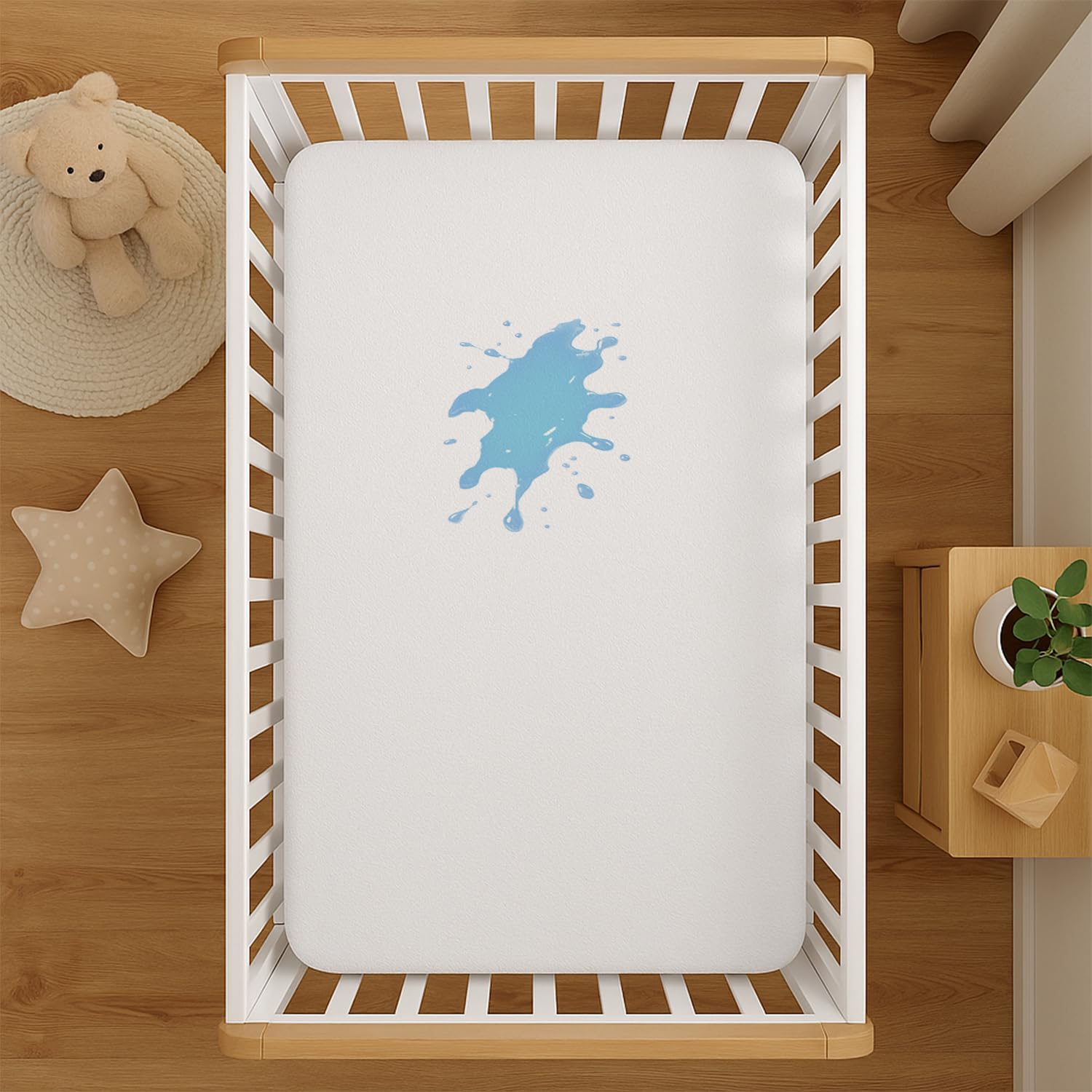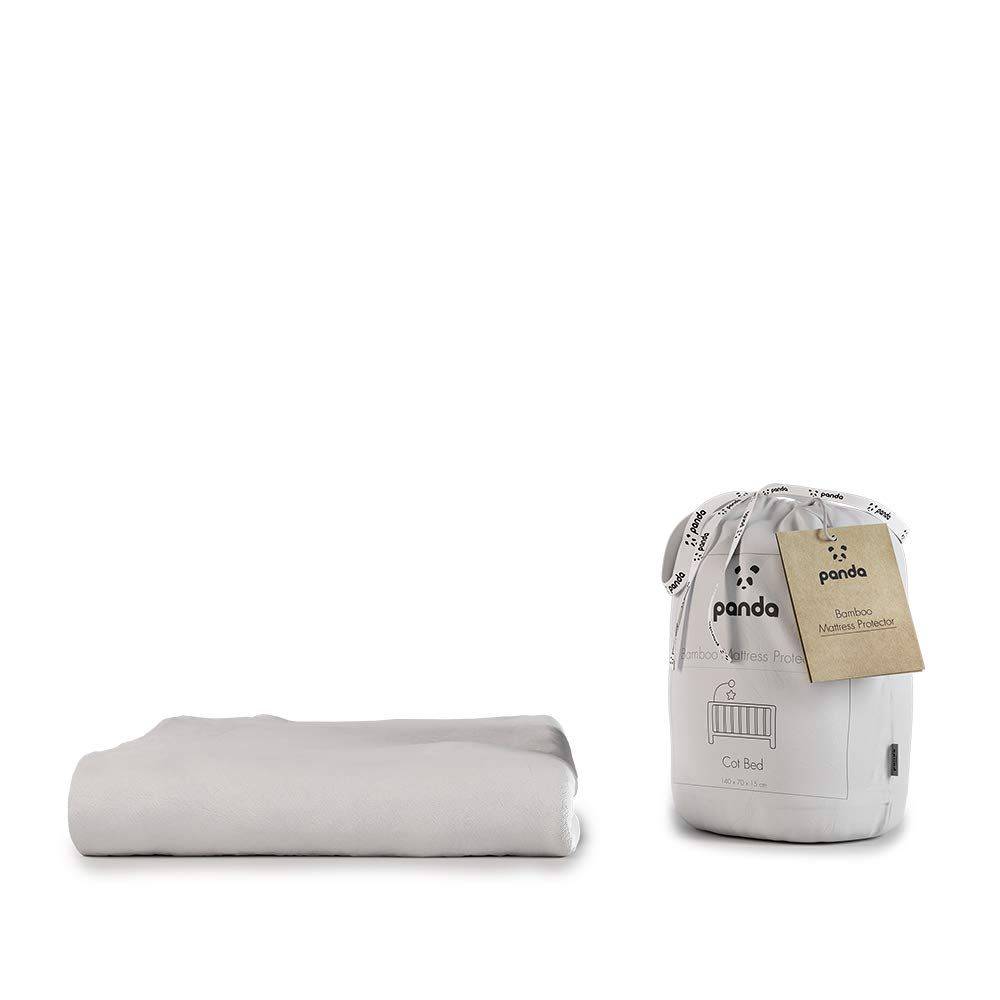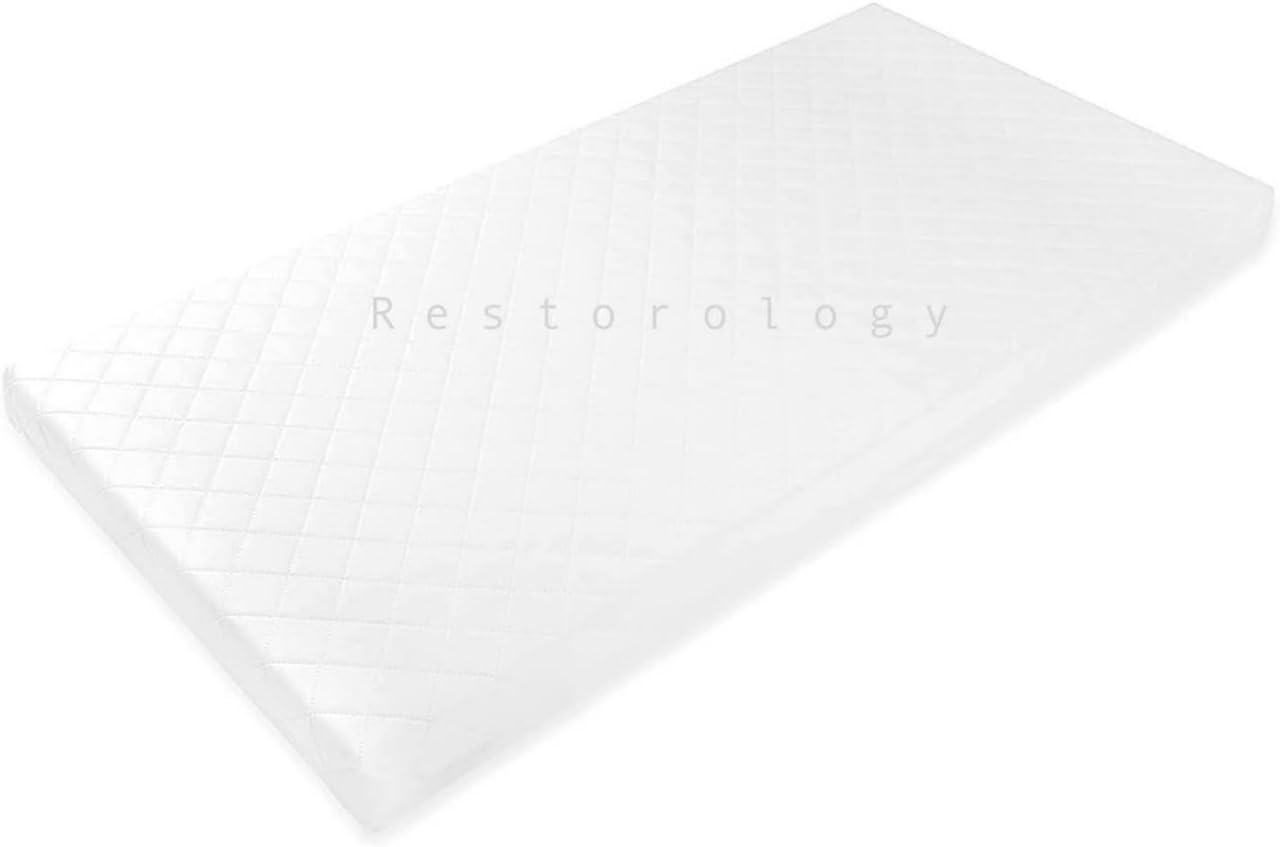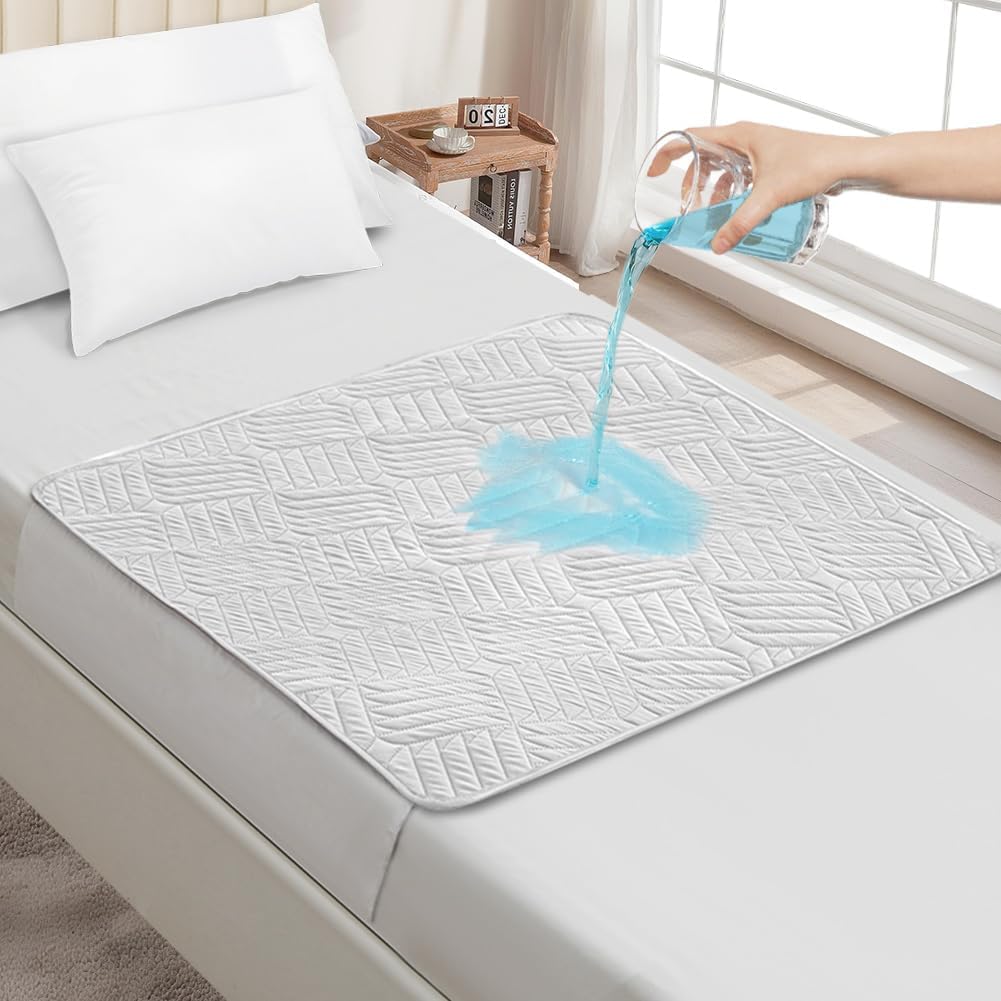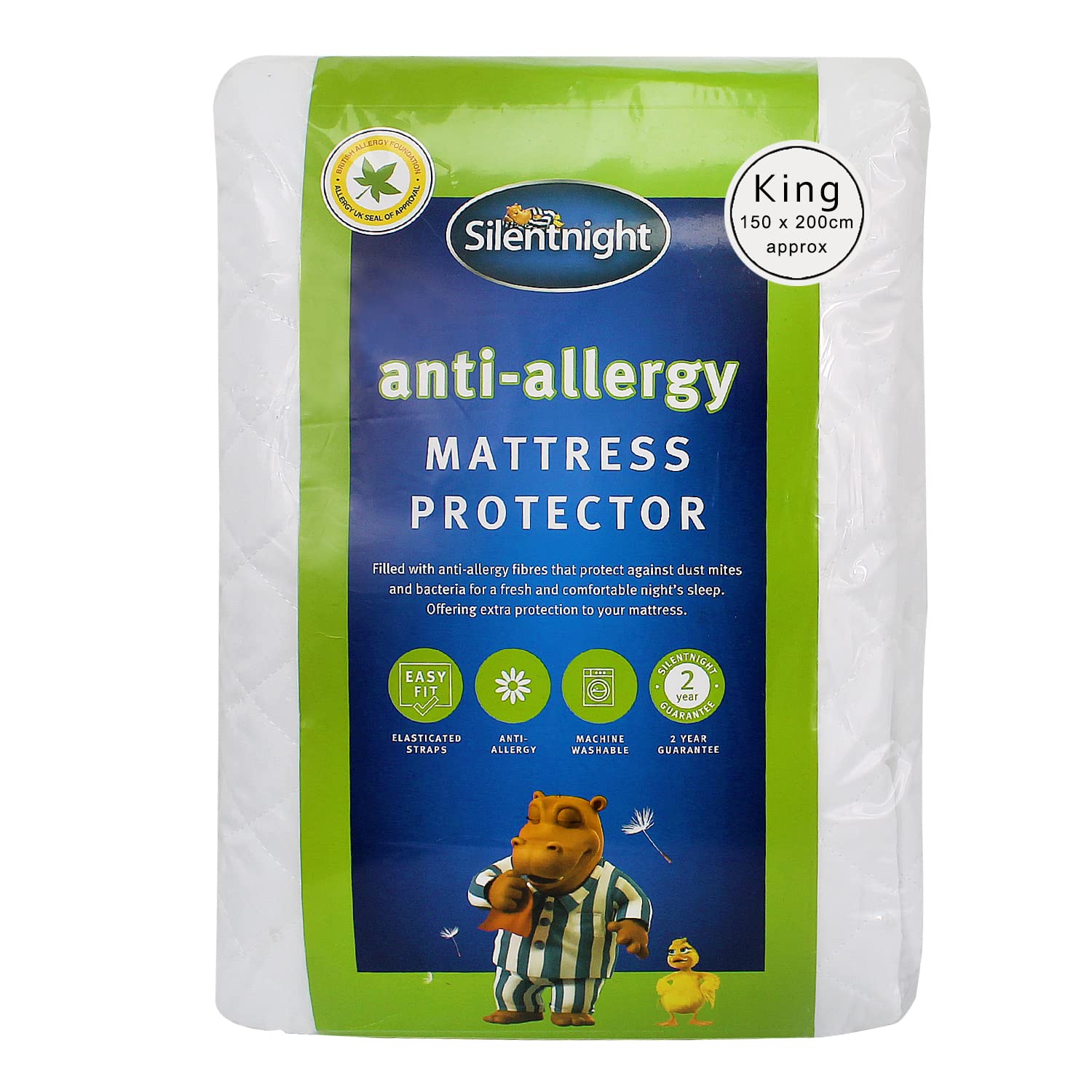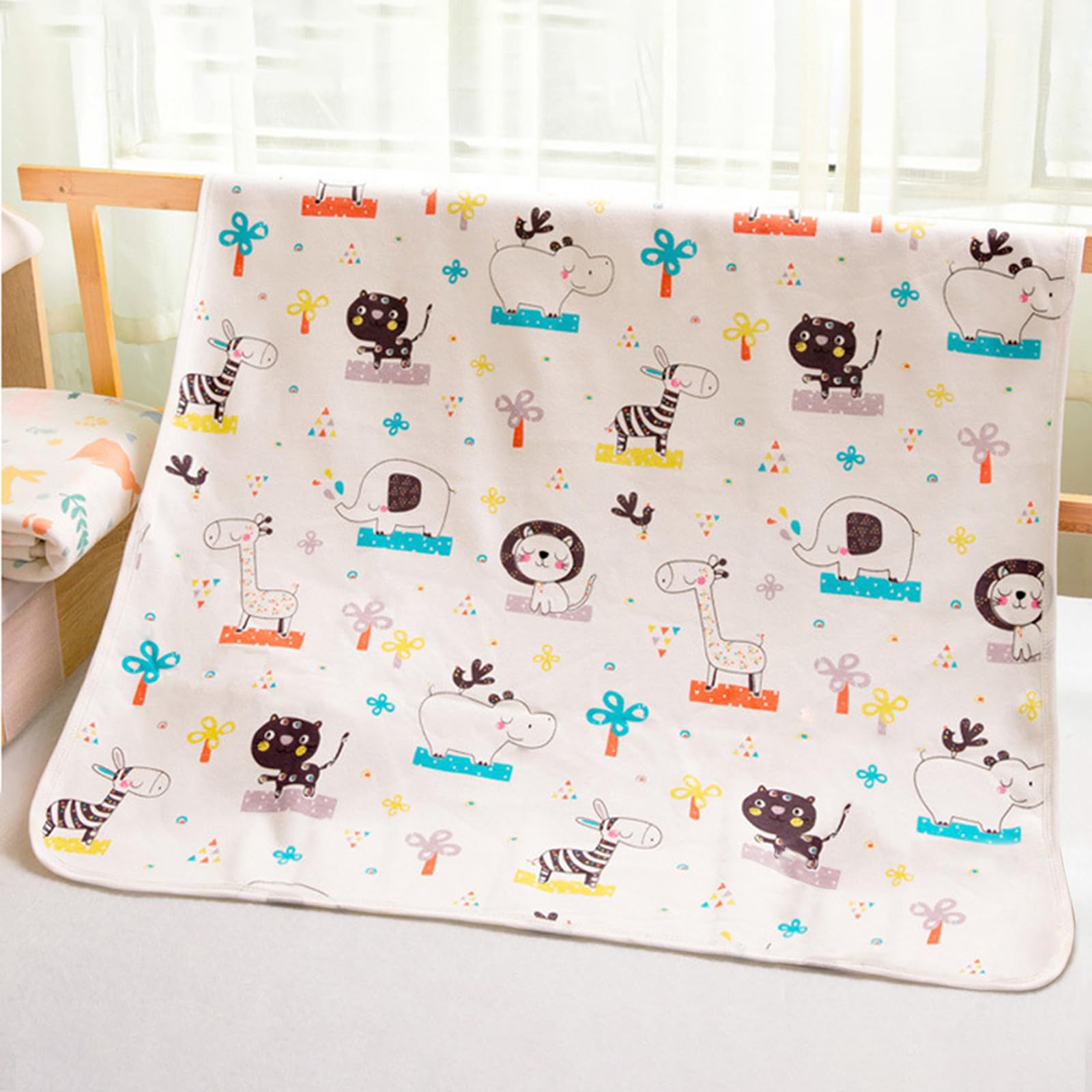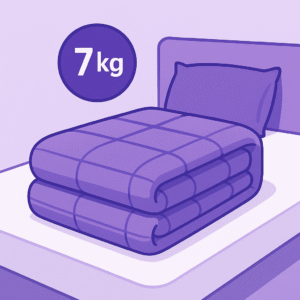Waterproof mattress protectors keep your mattress clean and extend its life, but many people worry that a waterproof layer will make the bed feel warm or clammy. The truth depends on the membrane and the fabric above it. This guide explains which protectors sleep cool, how to choose breathable materials, and what care habits keep the surface fresh so you can protect your mattress without sacrificing comfort.
Hygiene and quiet fit depend on mattress protectors that breathe.
Membranes: Breathable vs Plastic
There are two common waterproof approaches. A thin polyurethane membrane bonded to fabric blocks liquid while allowing water vapour to pass. This is the breathable option and is what you want for comfortable sleep. A rigid PVC film blocks both liquid and vapour and can feel plasticky and warm. If a product mentions silent or breathable waterproofing, it usually indicates a polyurethane design. Check labels and product descriptions. The membrane should feel soft and flexible, not like a crinkly raincoat.
Fabric Tops That Wick Moisture
The fabric you lie on makes as much difference as the membrane below. Cotton terry, smooth cotton knit, bamboo and lyocell tops wick moisture and help vapour move away from your skin. Quilted tops add a touch of comfort and can help air circulation, but they should remain thin enough to avoid trapping heat. Avoid very thick foam quilting directly under your sheet if you run hot.
Fit and Noise
A well fitted protector with a deep elastic skirt hugs the mattress without bunching. Loose protectors wrinkle, which can cause noise and small hot spots. Choose a pocket depth that matches your mattress plus any topper. Full encasements that zip around the mattress are excellent for allergies, but they can feel warmer than fitted styles. If you need an encasement, look for breathable fabric and open the zip occasionally during the day to air the mattress.
Care That Preserves Breathability
Residue from detergents and fabric softeners can clog the tiny pores in breathable membranes and reduce wicking from fabric tops. Wash protectors with a small amount of mild detergent, rinse thoroughly and skip heavy softeners. Tumble on low heat or line dry. Wash before first use to remove finishing agents that can affect feel. Regular washing keeps the surface fresh and helps the protector perform as designed.
Pairing with Sheets and Bedding
A breathable protector works best with breathable sheets. Cotton percale and linen allow air to move freely and help moisture evaporate. If you use very dense sateen or polyester heavy blends, the bed can feel warmer regardless of the protector. Match your duvet tog to the season and consider a lower tog in summer so the whole setup supports cool sleep.
When Protectors Feel Hot
If your current protector makes the bed feel warm, it may use a plastic film or it may be trapping heat under multiple layers. Try removing thick padding and switching to a protector with a thin polyurethane membrane and a moisture wicking top. Place any waterproof layer on the mattress itself, then add a breathable topper if you use one, then your fitted sheet. This order helps the surface release heat and moisture.
FAQs
Soft‑knit membranes and deep‑fit corners are common in mattress protectors for UK beds. Pair with breathable sheets to keep low, even warmth through the night.
Do waterproof protectors always sleep hot? No. Breathable polyurethane membranes with cotton or bamboo tops are comfortable for most sleepers. Plastic films are the usual culprit when a bed feels clammy.
Are quilted protectors warmer? They can be if the quilting is thick foam. Thin quilting over a breathable membrane is usually fine. Choose materials that wick moisture.
How often should I wash a protector? Every few weeks for hygiene, or sooner after spills. Washing removes residues that can reduce breathability.
